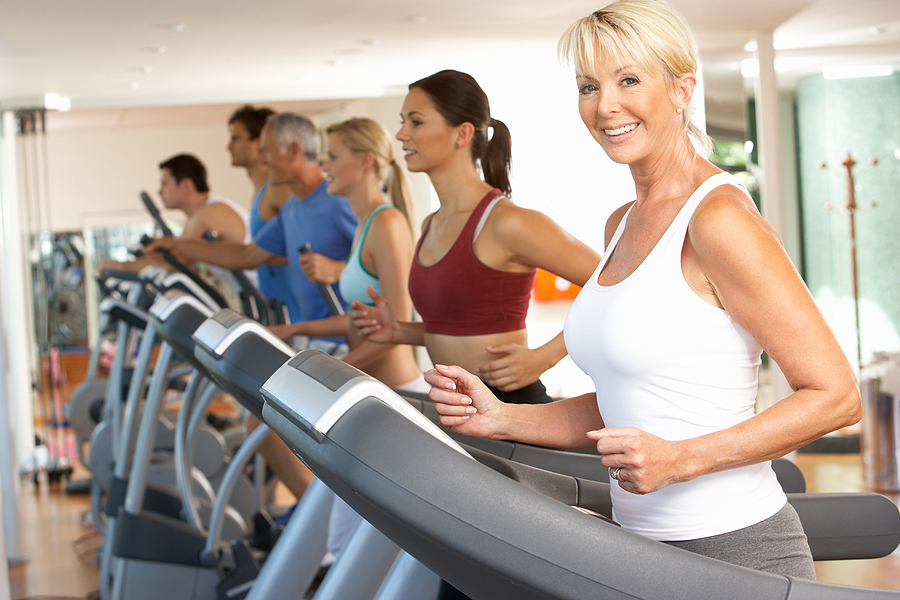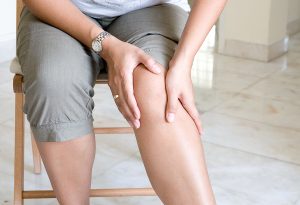While sports provide mental and physical benefits, women have unique orthopedic challenges that lead to a higher risk of specific injuries. Understanding the musculoskeletal structure that increases the risk of these injuries is crucial when it comes to prevention. Premium Sports and Orthopedics‘ guide covers the differences in a woman’s anatomy and what to do to prevent sports injuries.
The Structural and Hormonal Differences Women Face
Not only are women shaped differently from men, but there are also biomechanical differences that create orthopedic challenges. We’ll start with the anatomical differences.
- Looser Ligaments: Hormonal fluctuations create ligamentous laxity. Because the ligaments are looser, joints have more movement, which increases the risk of strains and sprains. It also makes a dislocation more likely in some sports, including gymnastics.
- Lower Muscle Mass: While women can have muscle, muscle mass is often lower, especially in the upper body and legs. Weaker muscle mass increases the risk of muscle strains and joint injuries. The risks are greatest in sports that require a lot of jumping, such as volleyball.
- Q-Angle: The Q-angle or quadriceps angle is greater in women because of a wider pelvis. Women have a wider pelvis for childbirth, and the angle of the quadriceps changes to make up for it. Due to this, knees are prone to injury. ACL and runner’s knee are two of the most common injuries.
The other area that impacts the risk of sports injuries comes down to your hormones. Women go through monthly menstrual cycles, where estrogen and progesterone increase and decrease. This impacts collagen production, which impacts the bones and joints. It also makes it harder for muscles to recover.
If a woman goes through a pregnancy, it changes the musculoskeletal structure. Added to this is the previously mentioned ligamentous laxity. Pregnancy increases body weight and changes the center of gravity to support a pregnant belly. Pelvic muscles weaken, even if it’s only temporarily, following childbirth. All of this makes it hard to maintain balance and stamina.
As a woman ages, estrogen levels and production decrease. Some women find their bone density declines, leading to osteoporosis if it’s not addressed. Weaker bones mean more breaks and stress fractures.
Explore Some of the Most Common Injury Patterns
Women have a wider pelvic structure and different hormones racing around their bodies. That leads to injuries that are more likely to occur in females.
- Ankle Sprains: Looser ligaments are to blame for many of the ankle sprains we see in female patients. The ankle joint doesn’t have the full support it needs, and that makes a strain or sprain more likely to occur with a poor take-off, landing, or pivot.
- Anterior Cruciate Ligament (ACL) Injuries: Sports that lead to regular pivots and jumps are problematic when it comes to ACL injuries. These injuries don’t need contact for them to happen. Skiing over a bump and landing with a twisting motion can be enough to cause an ACL tear.
- Hamstring Injuries: The hamstrings are the muscles that connect the back of the knee to the pelvis. They’re essential muscles for squatting, climbing, and sprinting. In a sport with a lot of sudden sprinting, such as soccer, a woman’s hamstrings are at risk of tears and strains.
- Patellofemoral Pain Syndrome (PFPS): We mentioned that childbirth is the reason why women have a wider pelvis. That makes the angle of the upper legs different from the angle a man has. As a result, PFPS, aka runner’s knee, is a leading issue in female athletes.
- Stress Fractures: Weaker bones, especially as women age and lose bone density, are a problem. This makes them more likely to develop stress fractures on weight-bearing bones, like the ankle. Stress fractures are common in sports like hiking and track and field.
How Those Differences Impact the Sports You Play
California’s dry, sunny weather is prominent throughout much of the year. Winter mountains get plenty of snow. This makes it possible for women to enjoy sports like cycling, hiking, track and field, trail running, and winter sports like snowboarding.
As you enjoy a favorite sport, your muscles must be ready for the movements that are so prevalent. Track and field has a lot of sprinting, jumping, and leaping, which means joints must be strong enough to cushion the landing. Downhill skiing twists the lower body and legs a lot.
You cannot have one muscle group being stronger than another, or the imbalance could create additional injuries. That’s why it’s important that you support your joints and muscles during all practices and games.
Tips for Prevention
Preventing a sports injury requires a multifaceted approach. You want to work with a sports and orthopedics specialist on these critical components.
- Equipment and Gear: Make sure that you have the right gear for the sport and that you’re wearing things like shin guards, helmets, and mouthguards correctly.
- Nutrition: A healthy diet provides your body with the fuel it needs to practice and during a game. This means getting enough protein for muscle recovery, carbs for energy, and antioxidants for healing. As women have a higher risk of osteoporosis, foods rich in calcium and vitamin D are important.
- Proper Stance: The right stance is important when it comes to injury prevention. While running, landing on a flat foot rather than just the heel increases the risk of an injury. A poor stance increases the chances that you’ll lose your balance if someone bumps or hits you.
- Targeted Training: Building core strength is important for balance and muscle control. It’s especially important for women to strengthen their glutes and hamstrings, as women have a wider pelvis than a man, which shifts the alignment of the legs. Muscles need to be strengthened in balanced muscle groups for it to be effective.
- Warm-Up and Cool-Down: Before a game or practice, you have to warm up. Don’t jump right in without slowly increasing your heart rate and getting your blood flowing to your joints and muscles. When the game or practice is over, you need to slow things down with a cool-down period.
When you participate in sports, you need to make sure your body and mind are in the best shape for practices and games. By understanding your muscles, joints, and hormone’s impacts on your body, you’re in a good place for making the best decisions for your health.
Premium Sports and Orthopedics are also here to support you. We’ll help you get in the best shape for the sport you plan. Schedule an appointment today to learn more about preparing for games and practices in order to lower the risk of a sports injury.







